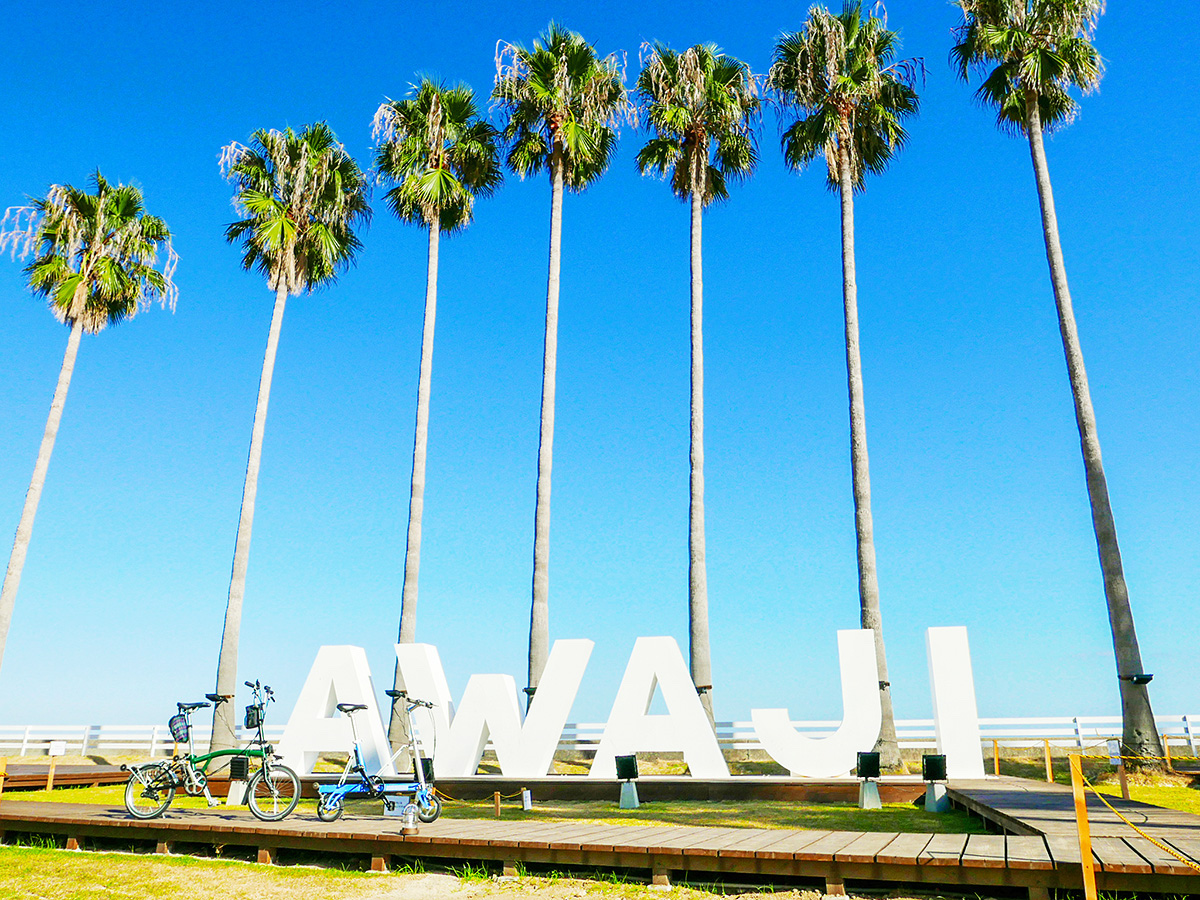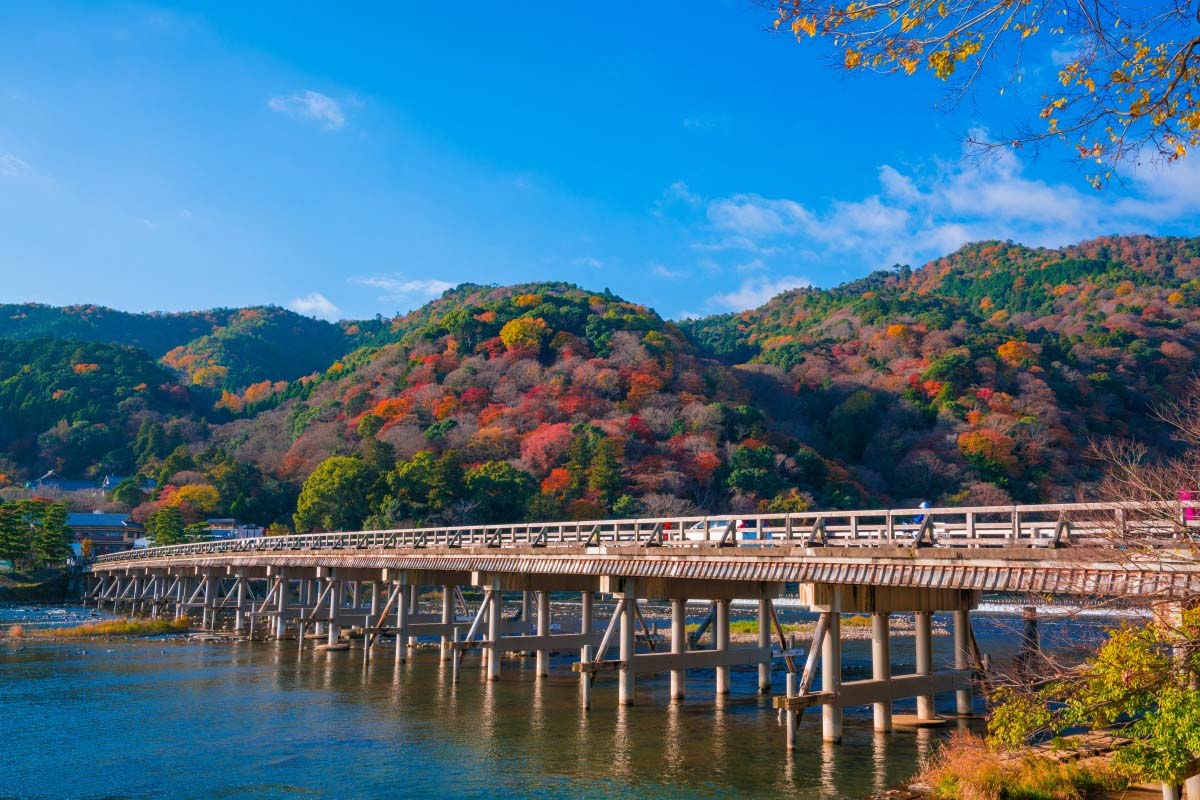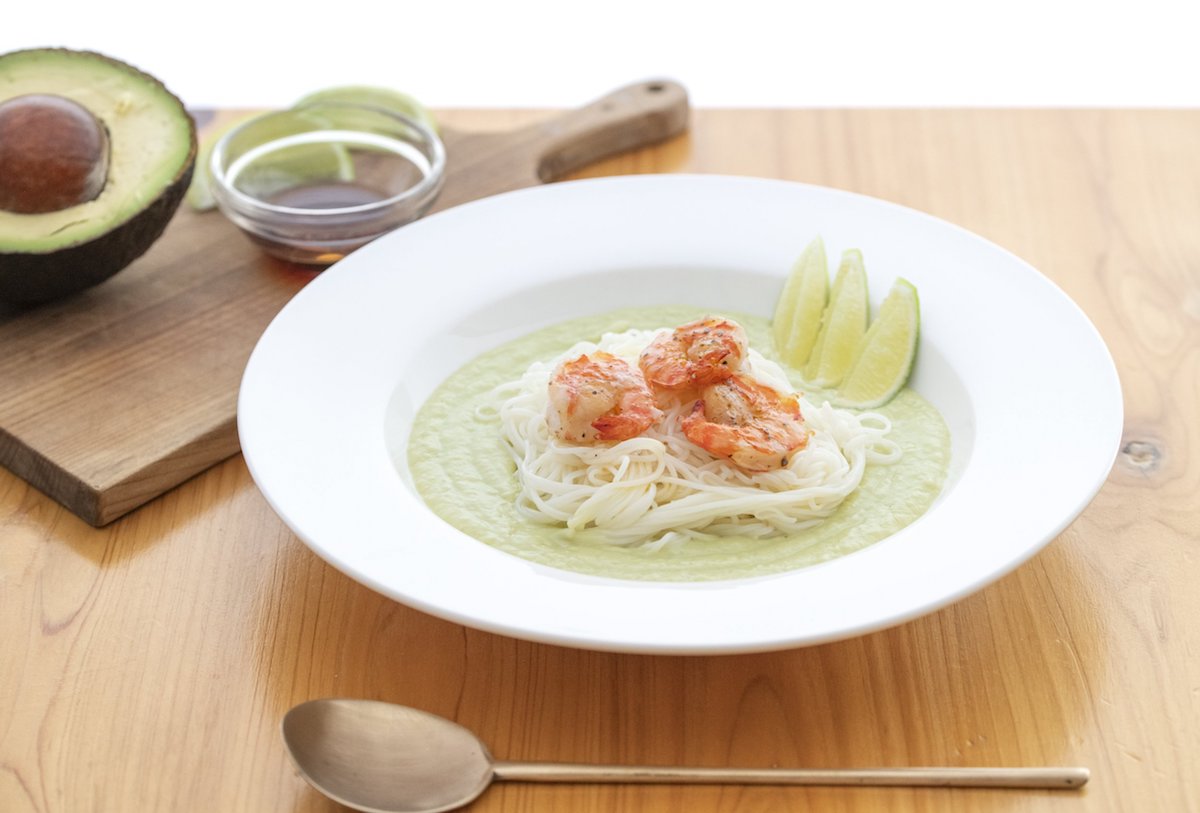Awaji Island, nestled in the Seto Inland Sea between Honshu and Shikoku, is a captivating destination that beckons travelers seeking a tranquil escape amidst Japan’s enchanting natural beauty and rich cultural heritage. For American visitors, Awaji Island offers a unique blend of traditional Japanese experiences and modern amenities, making it an ideal getaway for those seeking an authentic Japanese adventure.

BEST TIME TO VISIT
Awaji Island offers a delightful climate year-round, but the prime time for exploration falls between April and October. During these mild months, the island bursts into vibrant colors with blooming cherry blossoms (April-May), lush greenery (June-September), and fiery autumn foliage (October).
FLYING FROM U.S. TO AWAJI ISLAND
Currently, there are no direct flights from the United States to Awaji Island. However, travelers can fly into major Japanese airports like Kansai International Airport (KIX) or Osaka International Airport (ITM) and then take a ferry or domestic flight to Awaji Island.
MUST-VISIT ATTRACTIONS IN AWAJI ISLAND
Awaji Island, a captivating gem nestled in the Seto Inland Sea, beckons travelers with its serene natural beauty, rich cultural heritage, and unique artistic expressions. Embark on an unforgettable journey through this island paradise and discover its hidden treasures with our comprehensive guide to must-visit attractions:
1. Awaji Yumebutai: A Surreal Art Sanctuary
Distance from Awaji Island Ferry Terminal: 12 km (7.5 miles)
Transportation: Easily accessible by bus, taxi, or car
Admission Fee: Adults: ¥1,800; Children (6-15 years): ¥800; Under 6 years old: Free
Opening Hours: 9:30 AM – 5:30 PM (last entry 5:00 PM), closed on Wednesdays
Website: https://www.yumebutai.co.jp/lang/en.html
Awaji Yumebutai, a surreal art park designed by renowned architect Tadao Ando, is a must-visit for art enthusiasts and nature lovers alike. This mesmerizing complex seamlessly blends art, architecture, and the natural landscape, creating a captivating experience that will leave you awestruck.
-
The Great Lawn: A vast expanse of emerald green, offering panoramic views of the Seto Inland Sea and the surrounding mountains.
-
The Moerenuma Pond: A serene pond reflecting the sky and the sculptures, providing a tranquil escape from the hustle and bustle.
-
The Open-Air Museum: Home to a collection of sculptures by renowned artists, including Auguste Rodin, Jean Dubuffet, and Yayoi Kusama.
2. Onokoro Island: A Sacred Retreat
Distance from Awaji Island Ferry Terminal: 18 km (11 miles)
Transportation: Ferry from Suma Port (30 minutes)
Admission Fee: Adults: ¥500; Children (6-12 years): ¥250; Under 6 years old: Free
Opening Hours: 8:30 AM – 5:00 PM (last entry 4:30 PM), closed on Wednesdays
Website: https://awajishimablog.wordpress.com/onokoro-shrine/
Onokoro Island, a sacred island connected to Awaji Island by a bridge, is a place of spiritual significance and breathtaking natural beauty. Home to a Shinto shrine, this island offers a tranquil escape into a realm of ancient traditions and serene landscapes.
-
Onokorojima Shrine: A revered Shinto shrine dedicated to the god of the sea, offering a glimpse into the island’s spiritual heritage.
-
The Sacred Rock: A natural rock formation considered sacred, believed to be the birthplace of the gods.
-
The Island’s Natural Beauty: Lush greenery, rocky shores, and panoramic sea views create a picturesque setting for reflection and rejuvenation.

Engetsukyo Bridge, only distance from Awaji Island Ferry Terminal 20km
3. Engetsukyo Bridge: A Majestic Gateway
Distance from Awaji Island Ferry Terminal: 20 km (12.4 miles)
Transportation: Easily accessible by bus, taxi, or car
Admission Fee: Free
Opening Hours: 24 hours a day, 7 days a week
Website: https://www.japan.travel/en/spot/847/
Engetsukyo Bridge, a majestic suspension bridge spanning the Naruto Strait, is an engineering marvel and a popular tourist attraction. Offering breathtaking views of whirlpools and the Seto Inland Sea, this bridge is a must-visit for those seeking a thrilling and panoramic experience.
-
The Bridge’s Structure: A towering 470-meter (1,542-foot) suspension bridge, providing a stunning backdrop for photos and selfies.
-
The Naruto Whirlpools: Powerful whirlpools that occur four times a day, creating a mesmerizing natural phenomenon.
-
The Observation Deck: Located at the center of the bridge, offering panoramic views of the Naruto Strait and the surrounding islands.
4. Awaji Hyakunen Park: A Botanical Extravaganza
Distance from Awaji Island Ferry Terminal: 10 km (6.2 miles)
Transportation: Easily accessible by bus, taxi, or car
Admission Fee: Adults: ¥1,800; Children (6-12 years): ¥800; Under 6 years old: Free
Opening Hours: 9:30 AM – 5:30 PM (last entry 5:00 PM), closed on Wednesdays
-
The Rose Garden: Home to over 1,000 varieties of roses, blooming in a vibrant spectacle of colors from spring to autumn.
-
The Tulip Festival: Held every spring, the Tulip Festival transforms the park into a sea of colorful tulips, creating an enchanting floral display.
-
The Hydrangea Festival: Held every summer, the Hydrangea Festival showcases the park’s vast hydrangea collection, with blooms in shades of blue, pink, and white.
-
The Seasonal Flower Fields: Throughout the year, the park showcases a variety of seasonal flowers, from cherry blossoms in spring to autumn foliage in fall.
5. Iwagawa Falls: A Cascading Symphony of Nature
Distance from Awaji Island Ferry Terminal: 15 km (9.3 miles)
Transportation: Easily accessible by bus, taxi, or car
Admission Fee: Free
Opening Hours: Open 24 hours a day, 7 days a week
Website: https://www.awajishima-kanko.jp/en/nature/
Iwagawa Falls, a picturesque waterfall cascading amidst lush greenery, is a hidden gem offering a serene escape into nature’s embrace. The waterfall’s gentle flow and the surrounding verdant landscape create a tranquil atmosphere, perfect for relaxation and rejuvenation.
-
The Waterfall’s Beauty: The cascading water, surrounded by moss-covered rocks and lush greenery, creates a mesmerizing natural spectacle.
-
The Hiking Trail: A well-maintained hiking trail leads to the base of the waterfall, providing a scenic route through the forest.
-
The Serene Atmosphere: The tranquil surroundings offer a peaceful retreat from the hustle and bustle of everyday life.
Additional Tips
-
Plan Your Visit: Check the park’s website for seasonal events and festivals.
-
Wear Comfortable Shoes: The hiking trail requires comfortable shoes for walking on uneven terrain.
-
Bring Water and Snacks: There are no food or beverage vendors near the waterfall, so bring your own supplies.
-
Respect the Environment: Please leave no trace and respect the natural beauty of the area.
Awaji Island beckons with its captivating blend of natural beauty, cultural attractions, and unique artistic expressions. Embark on an unforgettable journey through this island paradise and discover its hidden treasures, using our comprehensive guide to must-visit attractions as your compass.
AWAJI ISLAND’S CULINARY DELIGHTS
Awaji Island’s culinary scene is a treasure trove of fresh, local ingredients and unique specialties. Here’s a closer look at some must-try dishes and where to find them.

Awaji Noodles (Awaji Soba) is handcrafted noodles made with local buckwheat flour
1. Awaji Octopus (Tako): Renowned for its incredibly tender texture and delicate, slightly sweet flavor.
- Where to Find It: Look for tako on menus at traditional Japanese restaurants, izakayas (casual pubs), and sushi bars across Awaji Island.
- Price: Prices vary depending on the preparation and quantity, but expect to pay around ¥1,000-¥2,000 (US$8-US$16) for a small serving of tako sashimi (raw octopus) or grilled tako.
- How to Eat It:
- Tako Sashimi: Typically served with a sprinkle of sea salt, wasabi paste, and a squeeze of fresh lemon for dipping.
- Grilled Tako: Often served with a light ponzu sauce or a simple soy sauce glaze.
2. Awaji Beef (Awaji Gyu): A prized Wagyu beef known for its intense marbling and melt-in-your-mouth tenderness. The flavorful fat and balanced sweetness create a truly luxurious dining experience.
- Where to Find It: Awaji beef is a premium ingredient, so head to high-end Japanese restaurants specializing in Wagyu or teppanyaki (griddle cooking).
- Price: Due to its premium quality, Awaji beef can be quite expensive. Expect to pay upwards of ¥5,000-¥10,000 (US$40-US$80) or more for a serving.
- How to Eat It: Awaji beef is often served simply grilled or teppanyaki-style, allowing the natural flavors to shine. Some restaurants may offer dipping sauces like ponzu or a light sesame oil.
3. Awaji Citrus: The fertile soil of Awaji Island produces an abundance of citrus fruits, including mikan (mandarin oranges), yuzu (a fragrant citrus fruit), and lemons.
- Where to Find It: Fresh citrus fruits are available at local farmers markets, grocery stores, and specialty shops throughout the island. You’ll also find them incorporated into dishes and drinks at restaurants.
- Price: Prices vary depending on the season and type of citrus. Expect to pay around ¥200-¥500 (US$1.50-US$4) per pound for fresh fruit.
- How to Eat It: You can enjoy Awaji citrus fresh, use the juice in cooking, or find them in refreshing drinks like lemonade or yuzu soda. Many restaurants utilize citrus zest and juice to add a bright flavor profile to dishes.
4. Awaji Seafood: Awaji Island boasts an abundance of fresh seafood due to its proximity to the Seto Inland Sea. Local specialties include sea urchin (uni), oysters (kaki), and squid (ika).
- Where to Find It: Fresh seafood is available at fish markets, seafood restaurants, and sushi bars. Look for restaurants near the harbor for the freshest catches.
- Price: Prices vary depending on the type of seafood and the preparation. Expect to pay around ¥1,000-¥3,000 (US$8-US$24) for a serving of seafood.
- How to Eat It: Awaji seafood can be enjoyed raw (sashimi), grilled, fried, or incorporated into hot pots and stews. Be sure to ask your server for recommendations based on the day’s freshest catch.
5. Awaji Noodles (Awaji Soba): Handcrafted noodles made with local buckwheat flour, known for their smooth texture and nutty flavor. They are often served in flavorful broths with seasonal vegetables and sometimes meat.
- Where to Find It: Awaji soba is a specialty dish and can be found at traditional soba restaurants and noodle shops across the island.
- Price: Prices vary depending on the restaurant and ingredients, but expect to pay around ¥1,000-¥2,000 (US$8-US$16) for a bowl of Awaji soba.
- How to Eat It: Awaji soba is typically served hot or cold, depending on the season. Slurp the noodles directly from the bowl and enjoy the rich broth alongside the noodles.
Additional Tips: Awaji Island’s cuisine is heavily influenced by seasonal ingredients.
FINE DINING EXPERIENCES
-
Restaurant Awaji: A Michelin-starred restaurant showcasing local Awaji ingredients in exquisite Japanese cuisine.
-
Restaurant Ukai Tokushima: A Michelin-starred restaurant specializing in traditional Japanese kaiseki cuisine.
-
Restaurant Ryu Gyoten: A Michelin-starred restaurant renowned for its creative and innovative Japanese cuisine.
-
Restaurant Kikunoi Awaji: A Michelin-starred restaurant offering authentic Awaji cuisine in a traditional Japanese setting.
-
Restaurant Awaji Hana: A Michelin-starred restaurant showcasing the beauty and flavors of Awaji Island in a modern setting.
LUXURIOUS STAYS IN AWAJI ISLAND: A HAVEN FOR DISCERNING TRAVELERS
Awaji Island offers a variety of luxurious accommodations catering to discerning travelers seeking comfort, style, and exceptional service. Here’s a detailed look at some of the island’s finest hotels.

Awaji Plaza Hotel offering a convenient location and modern amenities
1. Hotel New Awaji
Nestled amidst the Seto Inland Sea, Hotel New Awaji is a seaside resort paradise, offering a blend of modern amenities and breathtaking ocean views. Its 338 guest rooms and suites are designed for spacious comfort, each featuring a balcony or terrace overlooking the azure waters.
- Rooms: 338 guest rooms and suites, offering spacious accommodations with balconies or terraces overlooking the ocean.
- Amenities: Indoor and outdoor swimming pools, fitness center with ocean views, spa offering rejuvenating treatments, multiple restaurants showcasing international and Japanese cuisine, bar with live music, karaoke rooms, tennis courts, concierge services.
- Address: 3333 Yanagura, Sumoto City, Hyogo 656-0003, Japan
- Website: https://www.newawaji.com/english/
- Price: Starting from ¥35,000 per night (US$320) for a standard room with ocean view (subject to season and availability)
2. Awaji Seaside Hotel
Perched atop a hill overlooking the Seto Inland Sea, Awaji Seaside Hotel exudes modern elegance, offering 180 guest rooms and suites with contemporary furnishings and balconies boasting breathtaking sea views.
- Rooms: 180 guest rooms and suites, featuring modern furnishings and elegant décor, many with balconies boasting breathtaking sea views.
- Amenities: Rooftop infinity pool with stunning ocean panoramas, fitness center, spa offering traditional Japanese massages and treatments, multiple restaurants serving fresh seafood and local specialties, bar with a relaxed atmosphere, wedding chapel, business center.
- Address: Yuzura 3334-2, Minamiawaji City, Hyogo 656-0402, Japan
- Website: https://www.wamazing.com/yado/onsen/yados/lM09928 (English website might be limited, consider using a translation tool)
- Price: Starting from ¥25,000 per night (US$230) for a standard room with ocean view (subject to season and availability)
3. Wafu Resort Awaji
Step back in time at Wafu Resort Awaji, a traditional Japanese ryokan offering an authentic cultural experience. Its 30 ryokan guest rooms feature tatami mat flooring, futon bedding, and private en suite bathrooms with onsen (hot spring) access.
- Rooms: 30 traditional Japanese ryokan guest rooms featuring tatami mat flooring, futon bedding, and private en suite bathrooms with onsen (hot spring) access.
- Amenities: Communal onsen baths with stunning natural views, relaxation lounge, traditional Japanese gardens, teppanyaki restaurant serving premium Wagyu beef, authentic Japanese kaiseki multi-course meals, tea ceremony experience (upon request).
- Address: Yugashima 1716-2, Minamiawaji City, Hyogo 656-0402, Japan
- Website: https://en.awajishima-resort.com/ (Japanese website, consider using a translation tool)
- Price: Starting from ¥50,000 per night (US$460) for a ryokan guest room with onsen access (subject to season and availability)
4. Awaji Plaza Hotel
Offering a convenient location and modern amenities, Awaji Plaza Hotel provides 200 guest rooms and suites catering to comfort and convenience.
-
- Rooms: 200 guest rooms and suites, offering comfortable accommodations with modern amenities.
- Amenities: Rooftop bar with panoramic city views, fitness center, multiple restaurants serving Japanese and Western cuisine, banquet facilities, business center, concierge services.
- Address: Minamiawaji Yura 1682-2, Minamiawaji City, Hyogo 656-0402, Japan
- Website: https://www.newawaji.com/english/ (website might be limited, consider using a translation tool)
- Price: Starting from ¥20,0
Awaji Island awaits you with its captivating blend of natural beauty, cultural attractions, and delectable cuisine. Embark on an unforgettable journey through this treasured Japanese gem and discover its hidden treasures.

